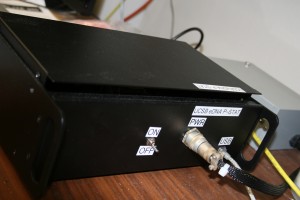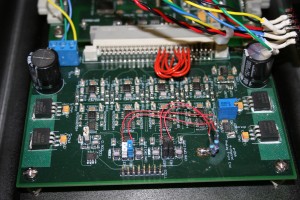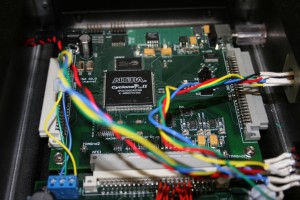- Home
- Classes
- Physics 150 – Nuclear Weapons – Physics, Policy, Proliferation – Fall 2025
- Physics 134 – Observational Astrophysics – Fall 2025
- Astro 1 Spring 2024
- INT 86TN Planetary Defense – Spring 2024
- Symmetry & Aesthetics in Contemporary Physics
- Physics 128 – Senior Lab – Winter 2026
- INT 184 – PL Interdisciplinary Honors Seminar – Weapons of Mass Destruction – Spring 2013
- Physics 150 – Modern Design and Fab – Fall 2019
- Physics 4 – Winter 2023
- Physics 141 – Optics – Spring 2019
- Physics 145L – Astrophysics Research
- Physics 199 – Independent Research
- Projects
- Interdisciplinary Center for Interstellar Exploration (iC)
- NASA Watts on the Moon
- Extrasolar Travelers
- CMB-S4 – Ground Based CMB Cosmology Program
- Wafer Scale Spacecraft
- PI-Multimodal Planetary Defense
- Lunar Rover Project
- DE-STAR
- Starlight
- GreenPol – CMB Cosmology
- PLANCK
- Starshot
- SETI
- Small Projects
- Previous Projects
- Facilities
- People
- Net
- Outreach
- Media Links
- NASA Space Grant Student Scholarships
- Bright Stars – VoH
- ARC – Undergraduate Aerospace Research Coop
- POINT – Undergraduate Physics Organization for Innovation and Technology
- All Sky Camera Project
- Education and Public Outreach
- Gaucho Rocket Project
- Undergrad Research Opportunities
- The Space Race
- Misc
- Papers
eDNA
The eDNA project was a collabrative effort between the Plaxco Chemistry Group and the Lubin expermental Astrophysics to make a low noise potentiastat. The purpose of the project was to design a fast, low noise multi channel poteniastat, using an FPGA to read multiple channels simultaneously and perform digital signal processing (DSP) on the board. Previous to this the Chemistry department used a multiplexing potentiastat to read multiple channels.
The application for the board was both general electro-chemistry and the eventual compression into a hand held device for multi target aptamer bio sensing. The eventual goal was to have close to one hundred targets on a single test chip, to allow for testing of various biological substances. Aptamers were successful in testing for DNA fragments, large and some small molecules; H1N1 bird flu DNA fragments, various proteins and Cocaine were all detected. The cocaine sensor was able to react quickly to concentration and could detect the change in concentration over the course of a few minutes.
To get a low noise, a large linear power supply was used, which made the device table bound. The eventual use of a battery was planned however this was not implemented in the latest version. The speed was about four times faster than that of the multiplexing potentiastat and read the channels simultaneously. The data was processed in the FPGA, using logical phase sensitive demodulators, called lock-ins. The processed data was structured and passed to a computer program where it could be visualized. The system unfortunately was wired with specific voltage and current specifications and was not easy to change for varying sized electrodes. A further design that would implement an auto ranging system, was proposed but never implemented. After this, the project ended and the Chemistry department found an off the shelf device to meet their needs.


